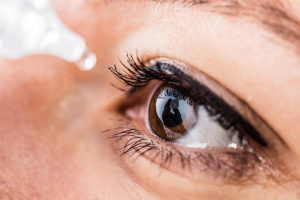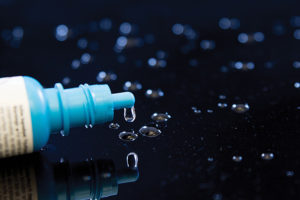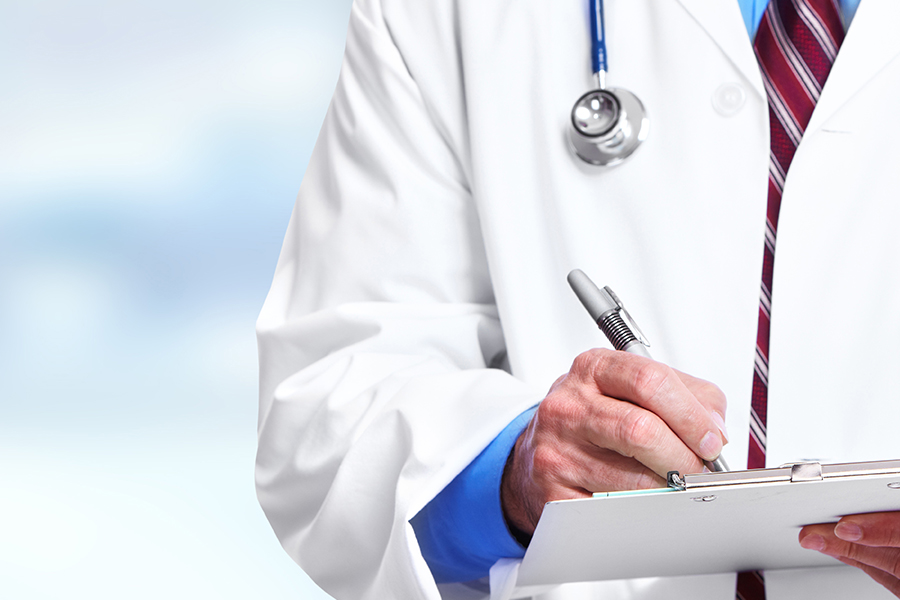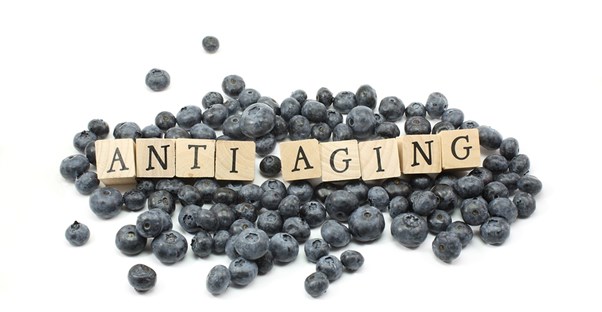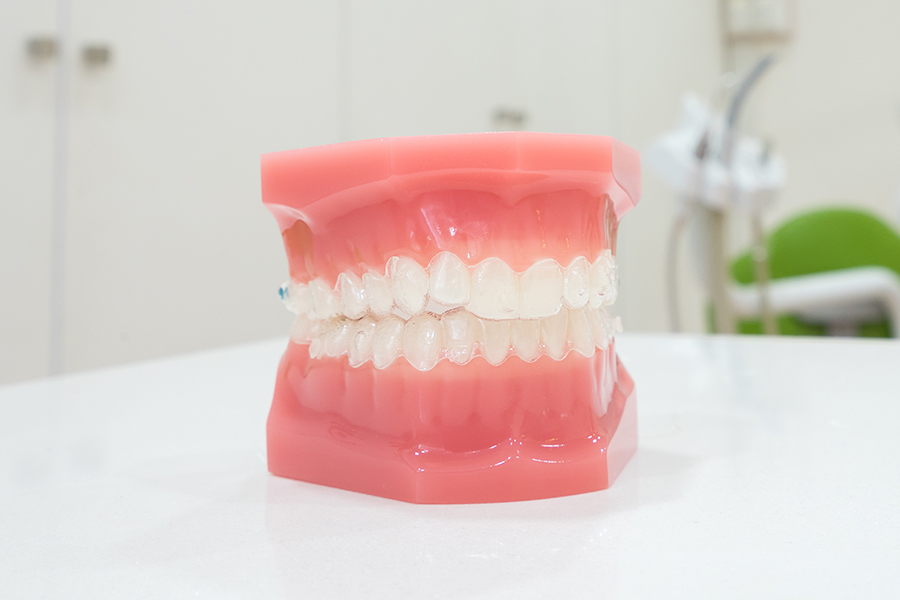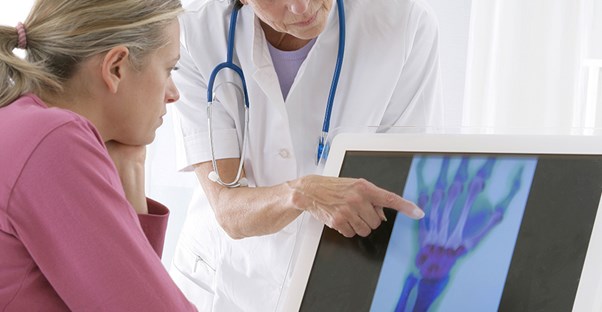Preparing for Your Eye Exam
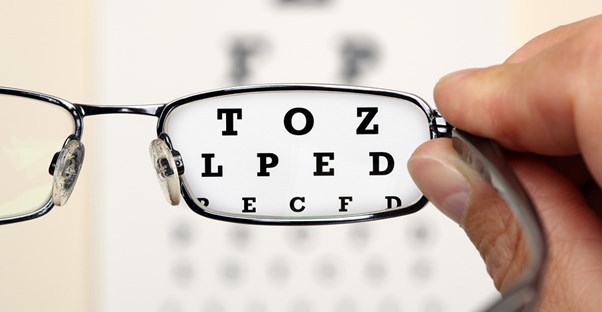
Eye exams are an important part of maintaining healthy vision, and they're a requirement if you want to keep a prescription for glasses or contacts up-to-date. Getting ready for an eye exam doesn’t require a lot of preparation, but there are a few things you should do to get ready, especially if it’s your first one or you’ve recently switched optometrists. The following checklist will help ensure that you’re completely prepared for your next visit.
Let your optometrist know why you’re coming in.
This approach to your appointment will probably be a bit different if you’re simply coming in for a regular checkup, as opposed to if you’re coming in because of a specific problem. Document any possible issues you've been having with glasses or contacts. You don’t have to go into great detail when setting up an appointment, but at least give a general indication about the nature of the visit.
Bring sunglasses.
It’s common for the optometrist to dilate your pupils during an exam. This allows for an easy view of the back of your eye and can help detect conditions like diabetes, macular degeneration, and even tumors. Unfortunately, the process makes your eyes very sensitive to light for several hours afterwards, and you’ll need some shades to make even interior light bearable. Most offices will provide patients with a disposable pair, but these are often flimsy and uncomfortable to wear. While you can wear any pair of sunglasses with contacts, consider clip-on shades if you wear glasses.
Think about your vision history.
Your optometrist will be interested in your vision history, especially if this is your first eye exam. Be prepared to answer questions about any sight problems you’ve had in the past, any family history of glaucoma or other conditions, and any current medications you’re on. Being thorough can reveal a need for contacts or glasses and possibly identify dangerous vision-related conditions.
Brace yourself for the glaucoma test.
The “air puff” test, also known officially as non-contact tonometry, is used to calculate your eye pressure, which is directly related to your risk of glaucoma. This is quite possibly the worst and most stressful part of an eye exam, but unfortunately it’s going to happen every single time. For the uninitiated, this test involves shooting a quick burst of air directly into your eye. Fortunately, the anticipation is arguably worse than the puff itself.
Make sure your insurance is in order.
If you’ll be paying for your exam with insurance, make sure you’re familiar with what your plan covers. More importantly, make sure you’re using an optometrist that accepts your particular insurance brand. Otherwise, you may find yourself on the hook for a pricey bill.


